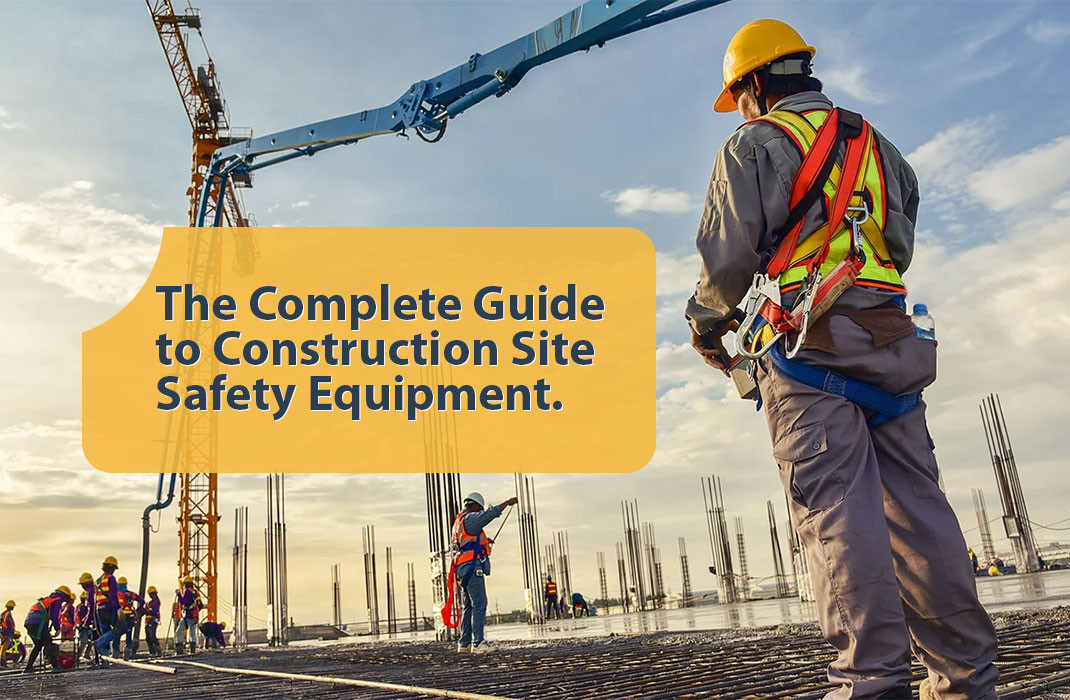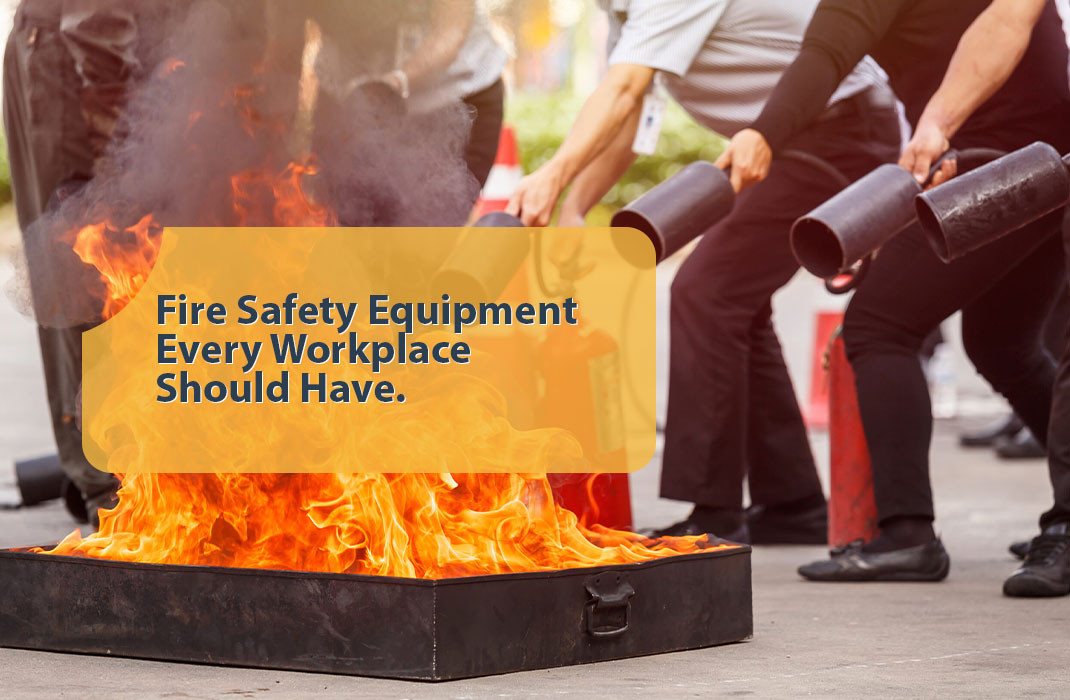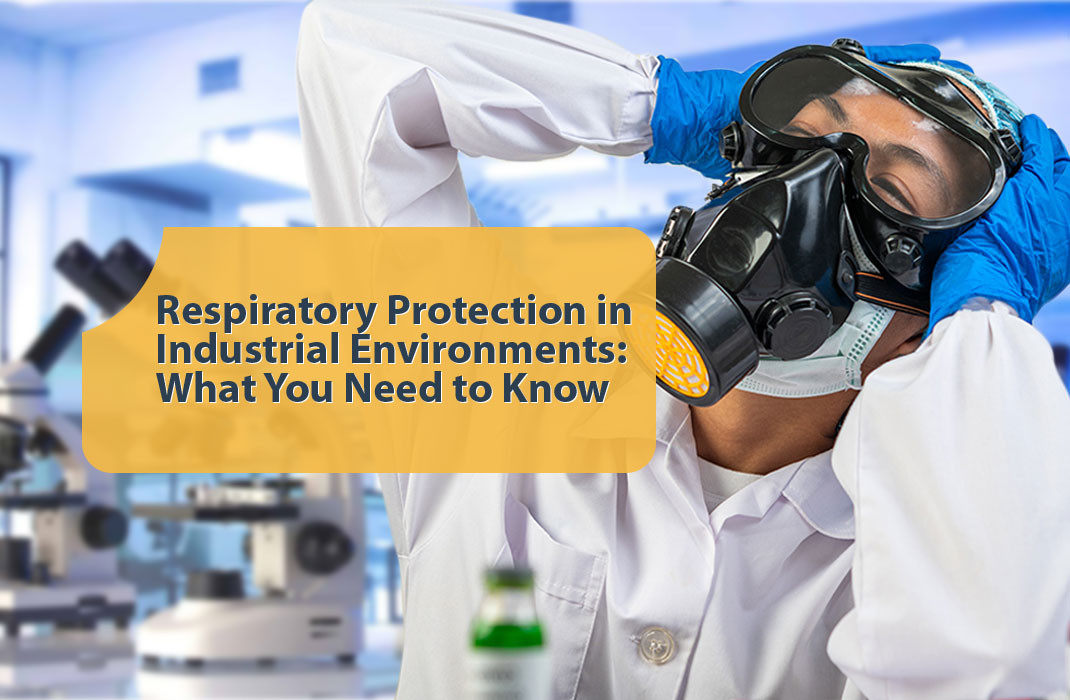The Complete Guide to Construction Site Safety Equipment

Understanding Construction Site Hazards
Before diving into specific equipment, it's crucial to understand the primary hazards that make construction sites among the most dangerous work environments. According to occupational safety statistics, construction workers face risks from falls, struck-by objects, electrocution, and caught-in/between accidents. These "Fatal Four" account for the majority of construction-related injuries and fatalities, making proper safety equipment selection and usage paramount.
The nature of construction work involves multiple trades working simultaneously in confined spaces, often at height, with powerful equipment and materials. Weather conditions, time pressures, and the temporary nature of construction structures add additional complexity to safety management. This is why comprehensive safety equipment strategies must address both individual protection and site-wide safety systems.
Essential Personal Protective Equipment (PPE)
Head Protection
Hard hats are the most recognizable piece of construction safety equipment, but modern head protection has evolved significantly. Today's safety helmets offer superior impact resistance, electrical protection, and comfort features that encourage consistent use. Class E helmets provide electrical protection up to 20,000 volts, while Class G helmets offer protection up to 2,200 volts. For general construction work, Class C helmets provide excellent impact protection without electrical insulation.
Modern hard hats feature advanced suspension systems that distribute impact forces more effectively, reducing the risk of head and neck injuries. Many include integrated accessories like face shields, hearing protection, and communication devices. When selecting head protection, consider the specific hazards present on your site, including overhead work, electrical installations, and chemical exposures.
Eye and Face Protection
Construction workers face numerous eye hazards, from flying debris and chemical splashes to intense light and radiation. Safety glasses with impact-resistant lenses are the minimum requirement, but many situations demand more comprehensive protection. Face shields provide additional coverage against chemical splashes and larger projectiles, while specialized welding helmets protect against intense light and radiation.
Modern eye protection incorporates anti-fog coatings, UV protection, and wraparound designs for comprehensive coverage. For workers who require prescription eyewear, safety glasses can be fitted with prescription lenses or worn as overglasses. The key is ensuring that eye protection doesn't impair vision while providing adequate safety coverage.
Respiratory Protection
Construction sites generate numerous airborne hazards, including dust, fumes, vapors, and particulates. Respiratory protection ranges from simple dust masks to sophisticated powered air-purifying respirators (PAPRs). The level of protection required depends on the specific contaminants present and their concentrations.
N95 disposable respirators provide adequate protection against non-oil based particulates for many construction applications. However, work involving asbestos, lead, or other hazardous materials requires higher levels of protection. Half-face and full-face respirators with appropriate cartridges can protect against specific chemical hazards, while supplied-air respirators provide the highest level of protection for extremely hazardous environments.
Hand and Arm Protection
Construction work involves handling rough materials, sharp objects, chemicals, and hot surfaces. Work gloves must provide appropriate protection while maintaining dexterity and grip. Cut-resistant gloves protect against sharp materials, while chemical-resistant gloves are essential when handling hazardous substances.
For electrical work, insulating gloves rated for the appropriate voltage level are mandatory. Heat-resistant gloves protect welders and workers handling hot materials. The key is matching glove selection to specific tasks while ensuring proper fit and comfort to encourage consistent use.
Foot Protection
Construction sites present numerous foot hazards, from falling objects and puncture risks to electrical hazards and slippery surfaces. Safety boots with steel or composite toe caps protect against impact and compression injuries. Puncture-resistant soles protect against nails and sharp objects, while electrical hazard protection is essential for workers near electrical installations.
Modern safety footwear incorporates advanced materials and designs that provide excellent protection while maintaining comfort for long work days. Slip-resistant outsoles reduce the risk of falls on wet or oily surfaces, while metatarsal guards provide additional protection for the upper foot area.
Body Protection
High-visibility clothing is mandatory on most construction sites to ensure workers remain visible to equipment operators and vehicle drivers. Reflective vests, shirts, and jackets in bright colors help prevent struck-by accidents. The level of visibility required depends on the work environment and proximity to moving equipment.
Fall protection harnesses are essential for workers at elevated positions. Modern harnesses distribute fall forces across the body while providing comfort and mobility. They must be properly fitted and regularly inspected to ensure effectiveness.
Fall Protection Systems
Falls remain the leading cause of construction fatalities, making fall protection systems critical safety investments. Personal fall arrest systems (PFAS) include full-body harnesses, connecting devices, and anchorage points designed to arrest falls and minimize injury forces.
Guardrails provide passive fall protection by creating physical barriers at elevated work areas. They're often the preferred solution because they protect all workers in the area without requiring individual equipment. Safety nets catch falling workers and materials, providing protection over large areas.
Positioning systems allow workers to work hands-free at elevation while preventing falls. These systems position workers at their work location and reduce fall distances. Proper training in the selection, inspection, and use of fall protection equipment is essential for effectiveness.
Site Safety Equipment and Systems
Scaffolding and Access Equipment
Properly constructed scaffolding provides safe access and work platforms at elevation. Scaffolding must be designed and erected by qualified personnel according to manufacturer specifications and regulatory requirements. Regular inspections ensure continued safety throughout the project.
Ladders remain common access equipment but require careful selection and use. Extension ladders, step ladders, and specialty ladders each have specific applications and safety requirements. Proper setup, inspection, and use procedures prevent many ladder-related accidents.
Barriers and Warning Systems
Construction sites require various barrier systems to protect workers and the public. Traffic barriers redirect vehicle traffic away from work areas, while pedestrian barriers provide safe walkways around construction activities. Warning signs and signals alert people to hazards and site conditions.
Temporary fencing secures construction sites and prevents unauthorized access. It also helps contain construction activities and materials within designated areas. Proper placement and maintenance of barriers are essential for effectiveness.
Emergency Equipment
Construction sites must maintain emergency equipment and procedures for various scenarios. First aid supplies and trained personnel provide immediate response to injuries. Fire extinguishers and suppression systems protect against fire hazards from welding, electrical work, and fuel storage.
Emergency communication systems ensure that help can be summoned quickly when needed. This includes both fixed communication points and portable devices for workers in remote areas of large sites.
Equipment Selection and Maintenance
Selecting appropriate safety equipment requires careful analysis of site hazards, regulatory requirements, and worker needs. Equipment must meet or exceed applicable safety standards and be appropriate for the specific hazards present. Cost considerations should never compromise safety performance.
Regular maintenance and inspection programs ensure that safety equipment remains effective throughout its service life. Damaged or worn equipment must be immediately removed from service and replaced. Proper storage protects equipment from damage and contamination when not in use.
Training programs ensure that workers understand how to properly select, use, and maintain safety equipment. Regular refresher training keeps safety practices current and reinforces the importance of consistent equipment use.
Regulatory Compliance and Standards
Construction safety equipment must comply with various regulatory standards and requirements. In Tanzania, workplace safety regulations establish minimum requirements for construction site safety equipment and procedures. International standards like those from ANSI, EN, and ISO provide additional guidance for equipment selection and use.
Regular safety audits and inspections verify compliance with applicable requirements and identify areas for improvement. Documentation of equipment inspections, training, and incident investigations demonstrates commitment to safety and regulatory compliance.
Technology and Innovation
Modern safety equipment incorporates advanced technologies that enhance protection and usability. Smart helmets with integrated sensors can detect impacts and environmental hazards. Wearable devices monitor worker vital signs and environmental conditions, providing early warning of potential problems.
Connected safety systems allow real-time monitoring of equipment status and worker locations. This technology can automatically alert supervisors to equipment failures or emergency situations. As technology continues to advance, construction safety equipment will become even more effective at preventing accidents and protecting workers.
Conclusion
Construction site safety equipment represents a critical investment in worker protection and project success. From basic PPE to sophisticated fall protection systems, each piece of equipment plays a vital role in creating safe work environments. The key to effective safety programs lies in proper equipment selection, regular maintenance, comprehensive training, and consistent enforcement of safety procedures.
At Ultimate General Trading, we understand the unique safety challenges facing construction professionals in Tanzania and across East Africa. Our comprehensive range of safety equipment, from premium head protection to complete fall protection systems, helps construction companies maintain the highest safety standards while completing projects efficiently and successfully.
Remember, safety equipment is only effective when properly selected, maintained, and used. Investing in quality safety equipment and comprehensive training programs not only protects workers but also reduces project costs through fewer accidents, lower insurance premiums, and improved productivity. Make safety equipment a priority on every construction project—your workers' lives depend on it.
Recent Posts
Respiratory Protection in Industrial Environments: What You Need to Know
About Us
Ultimate General Trading is a leading supplier based in Dar es Salaam, Tanzania, specializing in safety gear, personal protective equipment (PPE), uniforms, workwear, security wear, and accessories. We serve a wide range of industries including oil, gas, mining, and manufacturing.


